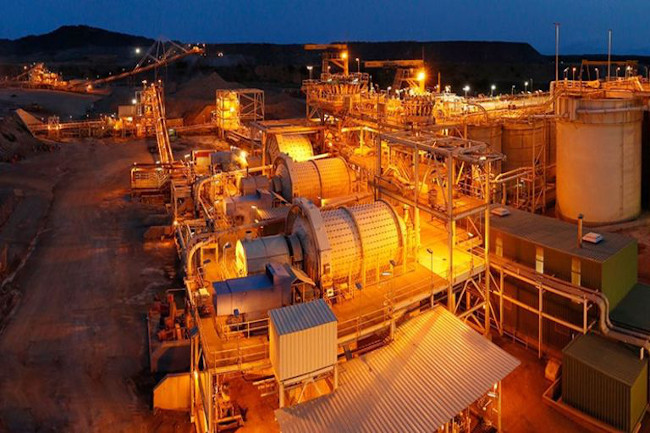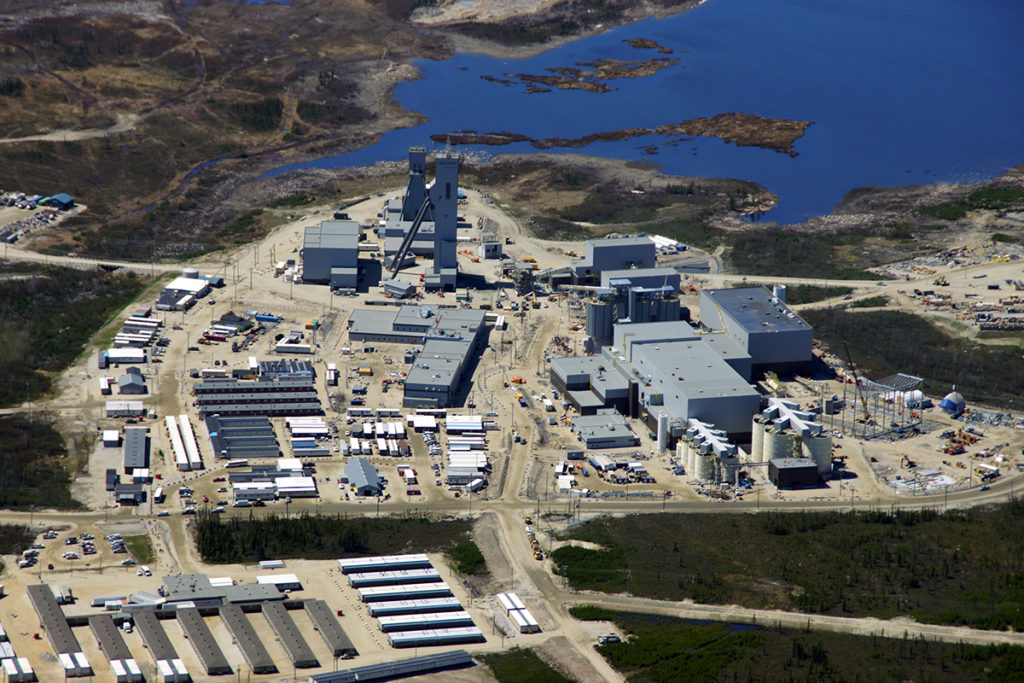Mining Other

EIA Sees Energy Shifts Through 2026: Challenges and Openings for MENA

The U.S. Energy Information Administration (EIA) has released its Short-Term Energy Outlook (STEO) for June 2025, forecasting significant changes across global oil, gas, and electricity markets through 2026.
As the world’s largest energy consumer and a major LNG exporter, developments in the United States have far-reaching implications, especially for energy producers and traders in the Middle East.
Crude Oil Prices: Decline Driven by Inventory Builds and Supply Growth
The EIA projects Brent crude oil prices will average $66 per barrel in 2025, falling to $59 in 2026, as rising global inventories outpace demand. This price pressure stems from:
- Increased production by OPEC+ and non-OPEC countries.
- Slower demand growth, particularly in OECD nations.
- A modest economic outlook, with U.S. GDP forecast to grow at just 1.4% in 2025.
For Middle Eastern exporters, these trends signal sustained pressure on revenue unless global consumption rebounds or supply agreements are adjusted.
U.S. Production Remains High, But Growth Plateaus U.S. crude oil production reached a record 13.5 million barrels per day in Q2 2025. However, with rig activity declining and prices softening, output is expected to level off:
- 13.4 mb/d average forecast for 2025.
- A slight dip is projected in 2026.
This stability could influence how Middle East producers position themselves in competitive markets, particularly in Asia.
Natural Gas Prices Set to Rise Amid Export Surge
The Henry Hub natural gas price is expected to nearly double in 2025, reaching $4.00/MMBtu, and climb to $4.90 in 2026. Strong demand for U.S. LNG exports continues, projected to grow from 12 Bcf/d in 2024 to 16 Bcf/d by 2026.
Electricity & Renewables: Solar, Hydro, and Data Demand Fuel Growth
Of note to the Middle East: the U.S. Department of Commerce is blocking ethane exports to China, leading to a 51% drop in U.S. ethane export forecasts for 2026. This creates potential opportunities for Gulf petrochemical exporters to fill the gap.
Electricity demand in the U.S. is on the rise, driven by:
- Growth in data centre usage (notably in Texas and PJM regions).
- Expansion of solar and hydroelectric capacity.
- Higher natural gas prices are shifting the generation mix toward renewables.
By 2026, renewables are expected to supply 27% of U.S. electricity—an insight that mirrors efforts in the Gulf to diversify energy portfolios and develop low-carbon infrastructure.
Gasoline Prices to Fall—Except on the U.S. West Coast
U.S. retail gasoline prices are expected to fall due to lower oil prices and reduced demand. However, West Coast prices will rise due to refinery shutdowns, including LyondellBasell in Houston and upcoming closures in California. This tightening of supply in specific regions may have ripple effects for global fuel trade and refining margins.
Coal, Emissions and Climate Outlook
Coal consumption is projected to rise in the short term but decline by 2026. Meanwhile, CO₂ emissions are expected to increase slightly in 2025, before declining as renewable generation scales up and fossil fuel use levels off.
Outlook for the Middle East
The U.S. STEO offers critical cues for Middle East stakeholders:
- Producers may need to recalibrate strategy in light of lower price forecasts and rising U.S. competition in Asia.
- LNG exporters such as Qatar could benefit from redirected Chinese demand.
- Renewable developers in the region may find alignment with global trends toward electricity decarbonisation and data-driven demand.
- Policy makers tracking energy transition pathways will find parallels in how the U.S. balances economic growth, emissions, and energy reliability.
The June 2025 STEO paints a picture of a global market adjusting to lower oil prices, competitive gas dynamics, and rising electricity demand. For the Middle East, agility and strategic foresight will be essential to navigate this evolving energy landscape.












